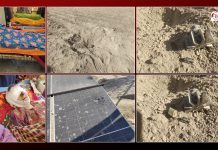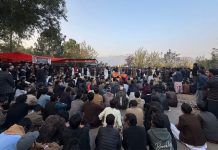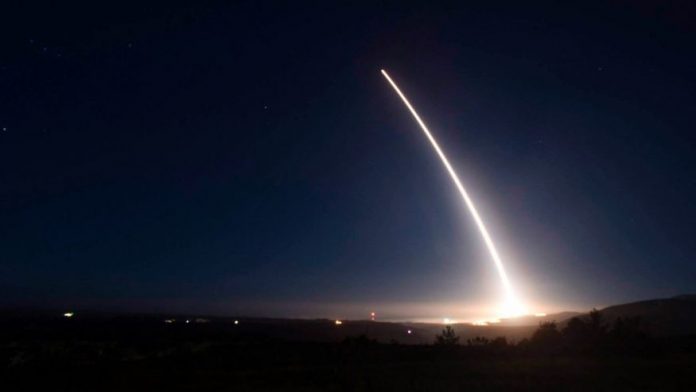North Korea fired a missile on Friday in an unusual late-night test launch, and details from Japanese, South Korean and U.S. officials suggested it was an intercontinental ballistic missile (ICBM).
Following the launch, South Korean President Moon Jae-in ordered discussions to be held with the United States on deploying additional THAAD anti-missile defense units, his office said.
The launch from North Korea’s northern Jangang province took place at 11:41 p.m. (1441 GMT), an official at South Korea’s Office of the Joint Chiefs of Staff said.
The U.S. Defense Department confirmed the launch. Japanese Chief Cabinet Secretary Yoshihide Suga said the missile flew for about 45 minutes before apparently landing in the waters of Japan’s exclusive economic zone.
“As a result of their launches of ICBM-level missiles, this clearly shows the threat to our nation’s safety is severe and real,” Japanese Prime Minister Shinzo Abe said.
Abe said he would convene Japan’s National Security Council.
Following a meeting of South Korea’s National Security Council, Moon said he wanted the United Nations Security Council to discuss new and stronger sanctions against the North, the presidential Blue House said.
The European Union called the launch “an outright violation” of international obligations and a “serious threat” to international peace and security, and urged North Korea to engage in dialogue to pursue denuclearisation of the Korean peninsula.
The data on the trajectory indicate the missile was fired at a sharply lofted angle but packed more power than a missile launched earlier this month that U.S and South Korean officials said was an intercontinental ballistic missile (ICBM), potentially capable of hitting the U.S. mainland.































